Book of the Day Roundup December 20-24, 2021
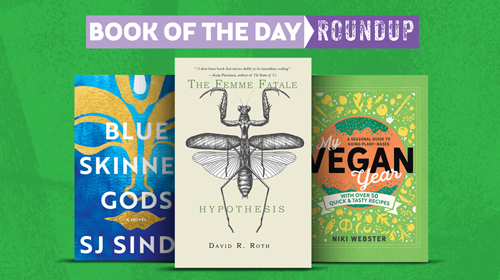
Justice at Sea
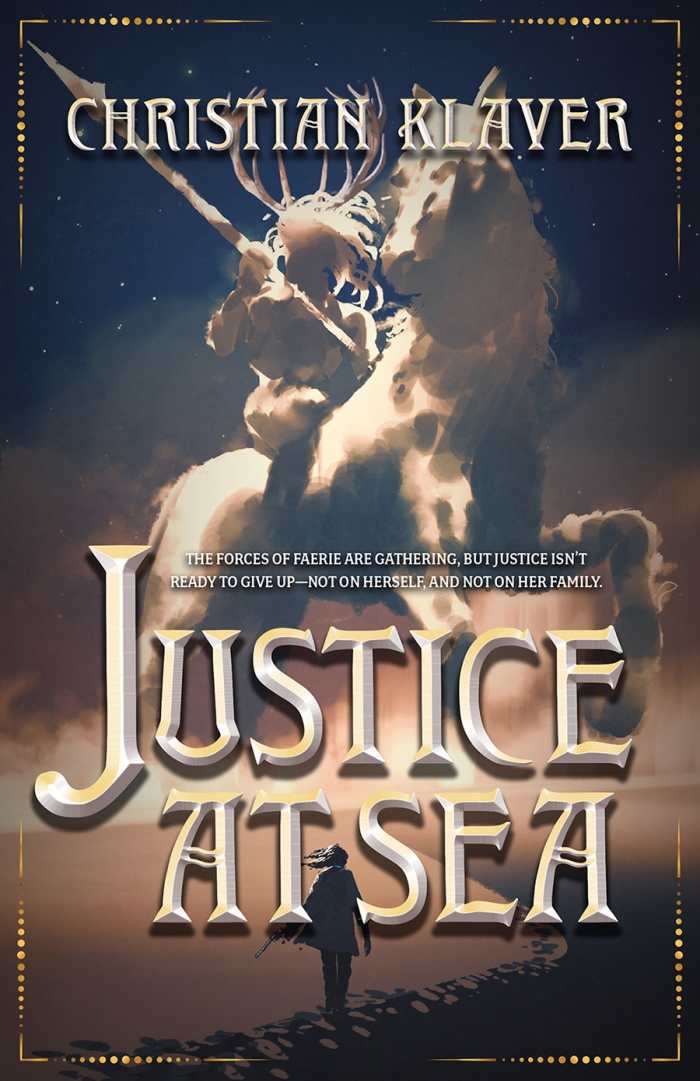
Christian Klaver
CamCat Books
Hardcover $24.99 (416pp)
978-0-7443-0427-5
Buy: Local Bookstore (Bookshop), Amazon
Christian Klaver’s delightful fantasy novel Justice at Sea blends faerie magic with historical elements to spectacular effect.
Justice, of the House of Thorns, is bound to the powerful faerie court through blood and tradition. She only recently learned about her status as a faerie, and she struggles to understand herself and her family’s place in this magical situation. Justice is one of seven virtuous siblings who are prophesied to defeat the evil faeries trying to take over the world. Thus, with her family, she sets out to reconquer Victorian England and find lost friends.
But the land Justice enters is strange and terrifying: faerie magic has transformed it, and London is in ruin, while evil beasts run through the countryside. Further, the country is surrounded by an impenetrable wall of mist that makes travel difficult. Behind the veil of mist, time moves faster, and London is years into its occupation by the evil Seelie Faerie Court. Justice and her family are aided by outcast faeries, as well as dwarfs, merfolk, trolls, and goblins. With only five of the virtues known, and because not all of them are on Justice’s side, the family splinters, and the fate of the world hangs in the balance.
The two forces battle each across from the decks of masted ships and in the magical and terrifying English countryside. Justice struggles with demons and fairies, trying to understand the cryptic prophecy of her birth. Exciting surprises abound in this world, wherein dragons are just as likely to invite you to tea as to have you for dinner, where swords are made of living shadows, and where sharks walk on land in grey suits.
Justice at Sea is a thrilling novel with dramatic battles, compelling family dramas, and a nation overrun by bloodthirsty faeries.
JEREMIAH ROOD (October 27, 2021)
Blue-Skinned Gods
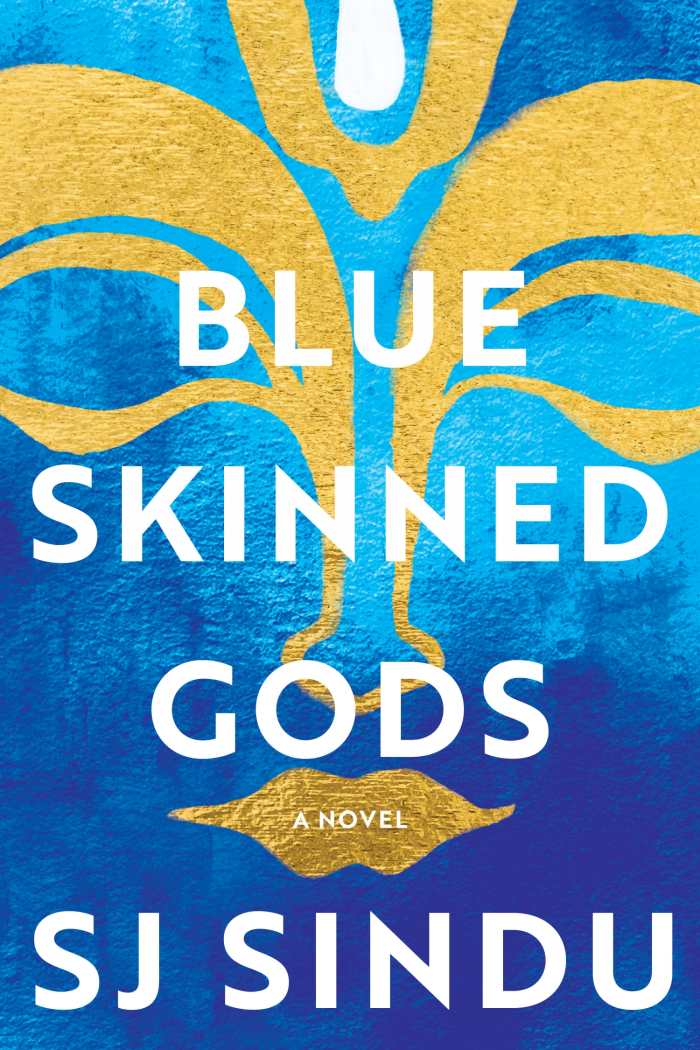
SJ Sindu
Soho Press
Hardcover $26.00 (336pp)
978-1-64129-242-9
Buy: Amazon
In SJ Sindu’s novel Blue-Skinned Gods, a child groomed into godhood grows to be a young man whose faith in himself and in others is questioned.
The story of Kalki’s godhood was always the same: his blue skin signifies his ability to heal people as an incarnation of the Hindu god Krishna, and his birth was prophesied to his barren mother. Kalki’s destiny begins with three trials that he must pass to prove his abilities, but passing those trials is not what Kalki had imagined it would be. Everybody is lying to Kalki—his ayya, who controls everything from Kalki’s daily schedule to Kalki’s perception of himself and the world; his amma, who coddles him and shields him, but whose mental health deteriorates; the people at the ashram; and the visitors whom Kalki befriends. The lies unravel as more people leave Kalki or are taken away from him. Eventually, Kalki finds himself in New York City on a healing world tour that brings the truth to him: he has been manipulated and used by people who claimed that they love him. He reaches a breaking point.
Narrated by Kalki himself, Blue-Skinned Gods is a story about the exploitation of people who are eager to connect and believe. Doubts about Kalki’s godhood are sprinkled throughout the book, but are perceived through the eyes of a child who cannot grasp them; they are summarized by the cynic whom Kalki grows up to be. At the center of it all stands the question of what it means to be godly and what it means to be human. The book offers no decisive answers, and it criticizes those who pretend to have them.
Blue-Skinned Gods is a thoughtful exploration of contemporary religion and the relations between modern culture and tradition.
MICHAEL ELIAS (October 27, 2021)
The Femme Fatale Hypothesis
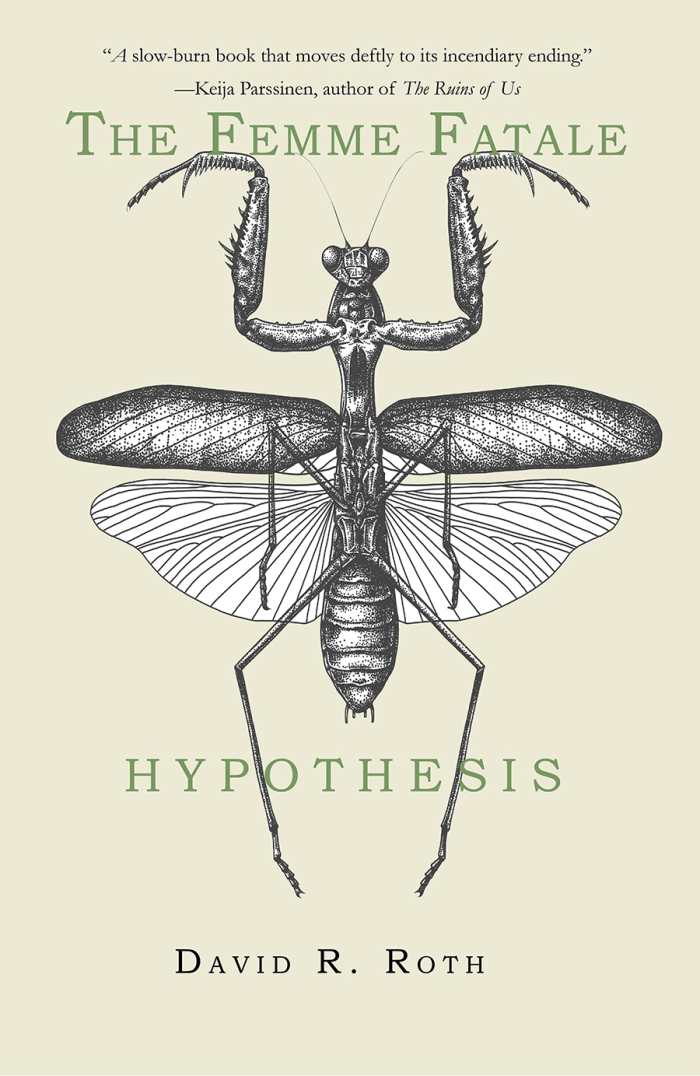
David R. Roth
Regal House Publishing
Softcover $17.95 (208pp)
978-1-64603-176-4
Buy: Local Bookstore (Bookshop), Amazon
David R. Roth’s captivating novel The Femme Fatale Hypothesis involves a curious friendship between Kelsey and Rose Geddes and their next-door neighbor, June. The Geddeses are an elderly couple dealing with Rose’s terminal cancer, while middle-aged June is a widow. Separated by a patch of greenery, these neighbors become unexpected partners in a struggle for life, death, and self-determination.
A retired professor, Kelsey is now Rose’s caretaker. With courtly devotion, he prepares special meals to tempt his wife’s appetite and helps manage her daily routines and medications. Kelsey also tries to continue his entomological research, but often finds himself unable to focus, even when holed up within his “sarcophagus” of a home office. Kelsey seems befuddled, but his mind is brilliant, despite troubling signs of encroaching dementia.
June is a nurturer who’s still mourning the sudden loss of her husband. After her son moves to California, she feels untethered. She offers to visit Rose more often, trying to ease Kelsey’s caretaking burden. Frail Rose retains her keen edge and refuses to be vanquished by disease—or at least not until she is ready to die.
In the neighbors’ leafy Pennsylvania suburb, hourly church bells create a rhythm for each day. As June spends more time with the couple, a dark, teasing parallel develops between reality and Kelsey’s academic research. Fascinated by the praying mantis, Kelsey notes how even a sickly female specimen can attract a mate by boosting her “sex pheromone production over that of her fatted rivals.” And Rose soon experiences a slight but noticeable improvement in health. She becomes jealous of June, and more territorial toward her surroundings. Then, like his beloved, fateful mantis, Rose lures Kelsey into her final plan for them both.
With emotion, intellect, and sinuous finesse, The Femme Fatale Hypothesis leads to an unnerving yet fulfilling conclusion.
MEG NOLA (October 27, 2021)
My Vegan Year
The Young Person’s Seasonal Guide to Going Plant-Based
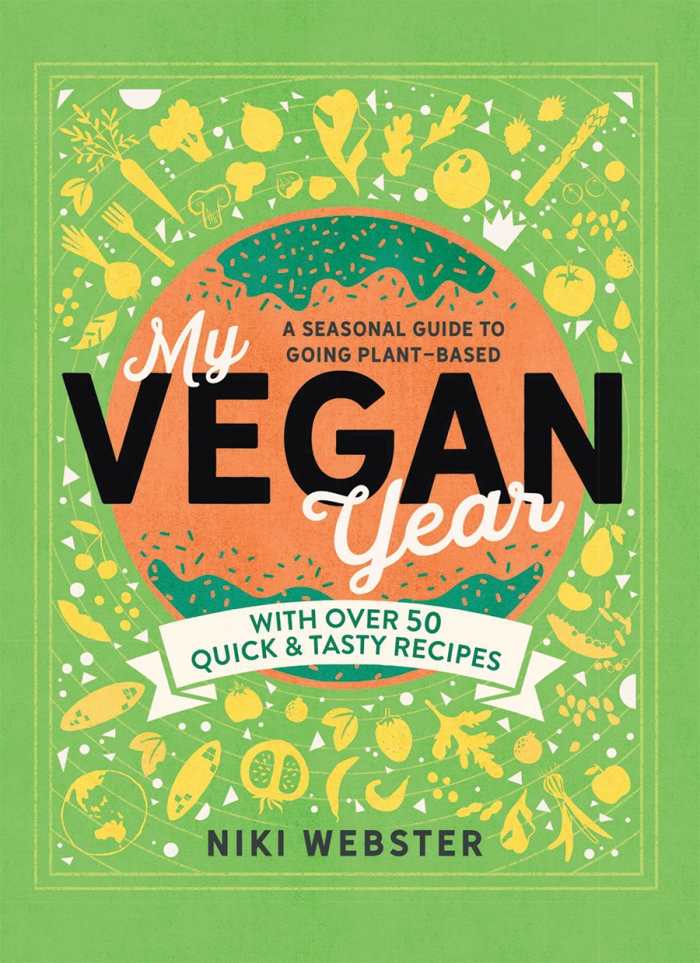
Niki Webster
Welbeck Children’s
Hardcover $16.95 (128pp)
978-1-78312-737-5
Buy: Local Bookstore (Bookshop), Amazon
In My Vegan Year, Niki Webster provides young adults with all of the information that they need to make healthy vegan food in season, and proffers tempting recipes for everything from breakfast to party snacks.
Veganism is now a mainstream option rather than a fringe choice, and choosing local and seasonal foods can even be cheaper and tastier. With a seasonal food chart and recipes arranged into four major sections by season, this book includes tips on growing tomatoes and making preserves, as well as foraging tips specific to the UK.
This is a cookbook geared towards those new to veganism. It explains how veganism is environmentally conscious, covers dietary needs, contains advice on maintaining health in winter, and suggests vegan “swaps” for those missing cheese or wondering what can replace a meaty centerpiece. In addition, Webster helps teenagers think through the ethical sourcing of non-food items like clothing and cosmetics.
From flatbread pizzas to lettuce cups, and from homemade veggie chips and hummus to virgin cocktails, the recipes, though ambitious, never appear to be less than achievable. There are even some surprising components, such as chickpeas in a cherry peanut butter blondie recipe. A store cupboard stock list, including spices, is ideal for taking along to a supermarket.
The book’s layout is appealing. Its fonts and icons fit the hip, colorful vibe, with bright food shapes lining most pages. Ingredients lists and serving information are in sidebars. There is a definite focus on graphics: every finished dish gets a photograph, and the food images are detailed and sumptuous. In a nod to Instagram, most look down onto a plate from above.
My Vegan Year is a teenager’s perfect introduction to veganism, packed with recipes for delicious and eye-catching dishes.
REBECCA FOSTER (December 16, 2021)
Potential Space
A Serious Look at Child’s Play

Nancy Richards Farese
MW Editions
Softcover $50.00 (144pp)
978-1-73576-294-4
Buy: Local Bookstore (Bookshop), Amazon
Photographer Nancy Richards Farese’s Potential Space depicts children’s play, untouched by technological and commercial bric-a-brac. Whether children are shown in single-minded focus or modeling their toys and games with pride, the book captures play’s distinctive array of seriousness, ingenuity, and joy.
Farese’s images have an uncanny ability to replicate feelings of spontaneity, surprise, and the heightened present just in the viewing. Her in situ portraits present a naturalistic view of children’s play, from group games to solo dirt castles.
Images of objects, like the ingenious pull-toys children made from water bottles and other found trash, are staged in artful ways. While adults, the landscape, and occasional animals are present, they’re more often backgrounded or in soft focus. The photographs’ sharp focus on central elements—whether a child, toy, game, or play group—enable an experiential return to childhood where the immediate is eternal; while immersed in play, all other concerns recede.
The photographs suggest that unstructured play is not only fundamental to children’s development, but more humane than most modern alternatives. In play, the children appear connected to themselves, others, and the world around them in ways that are essential to humans. Yet, underneath the documentary feeling, the book is underpinned by strong social advocacy goals. There’s a sense that these images are dispatches from a world under threat. If creative play is an endangered species, its die out is connected to the same forces that threaten so much else on Earth.
LETITIA MONTGOMERY-RODGERS (December 16, 2021)
Barbara Hodge
